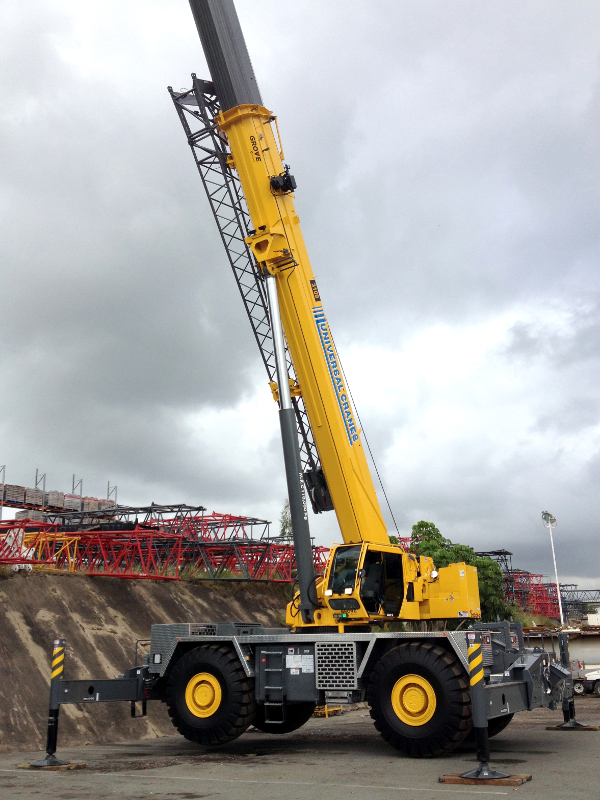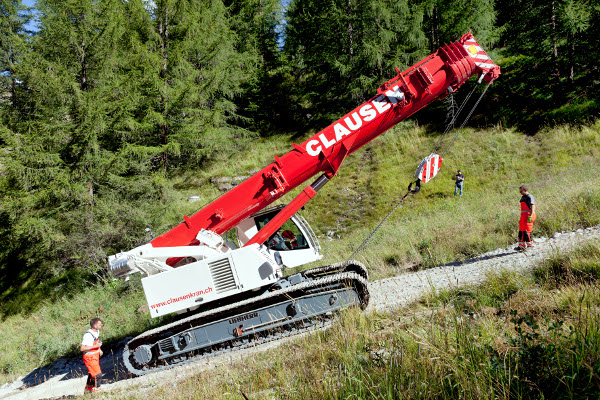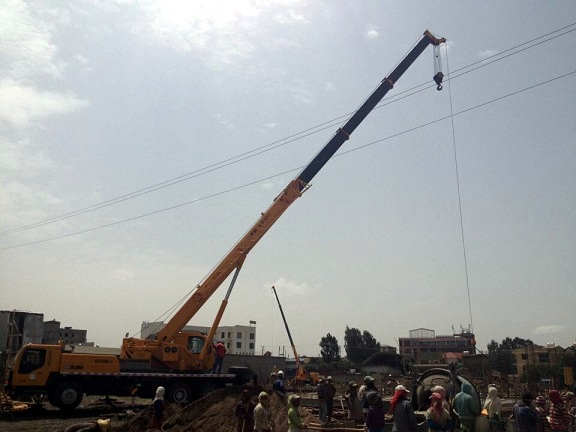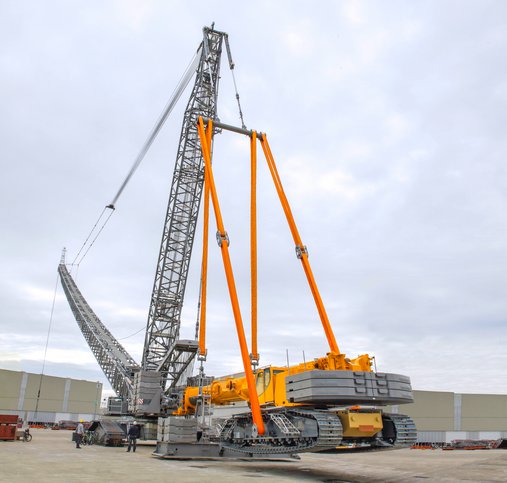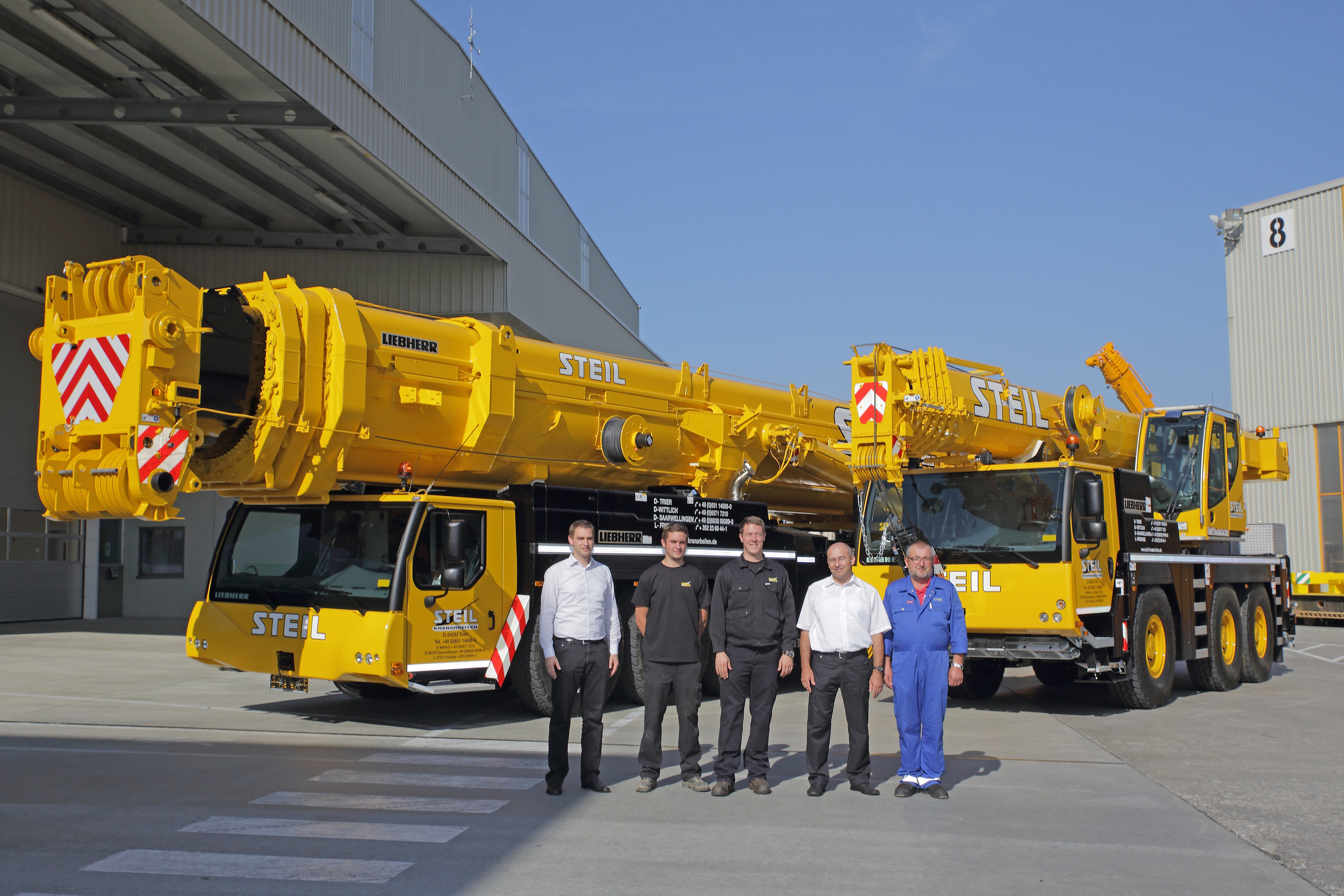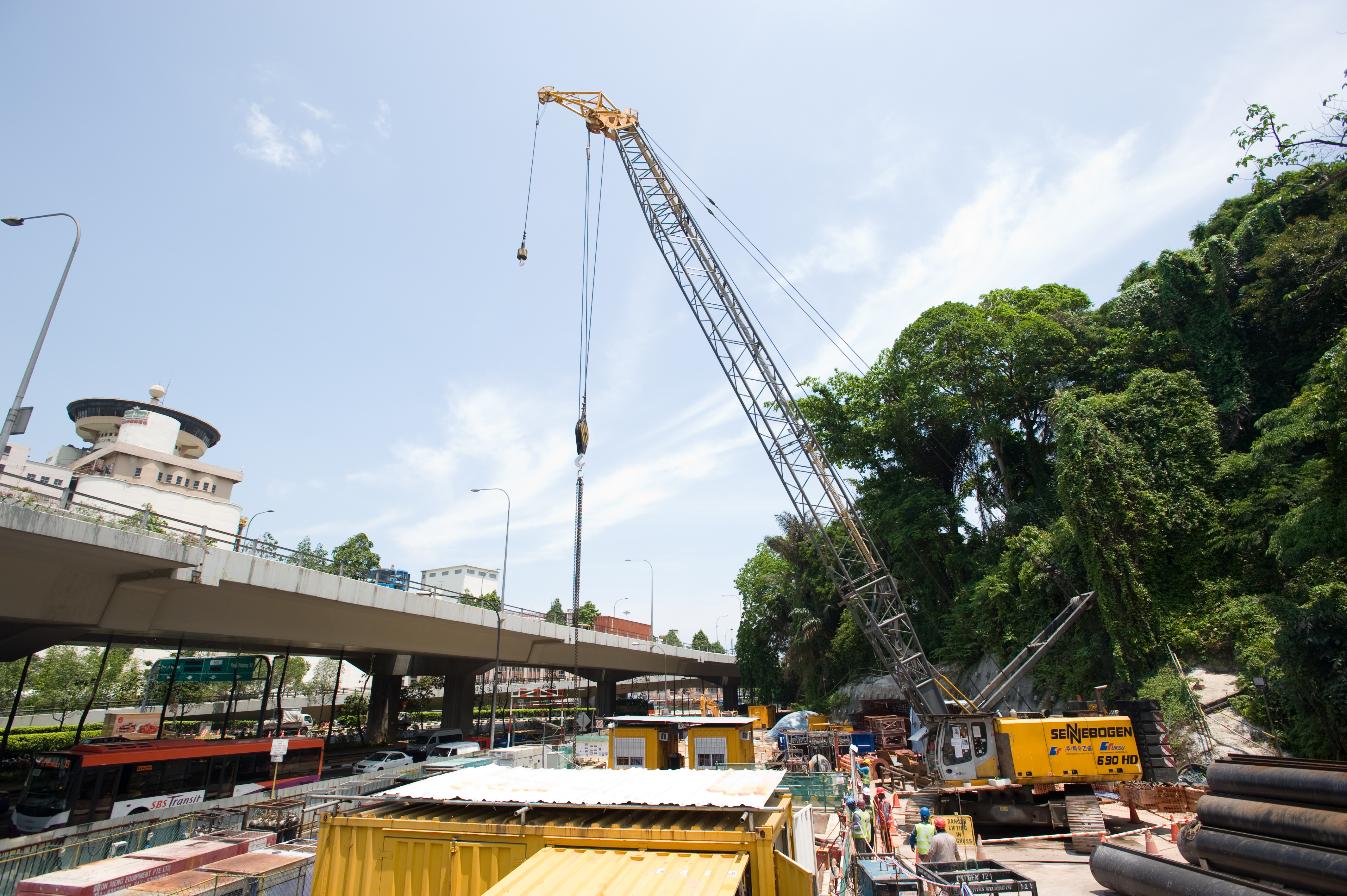Australian crane company Universal Cranes is using two 120t Grove RT9130E-2 rough terrain cranes to build an on-shore LGN (liquefied natural gas) facility in Darwin, northern Australia.
The cranes, which are regularly operating with their full boom length of 48m, arrived at the construction site at the start of 2014 after being transported 3,500km across the country. They will continue installing an underground network of piping and equipment for at least the next two years, working for Leighton Contractors.
The development, which is now more than 50% complete, is called the Ichthys project and combines an off-shore facility and an 889km-long gas pipeline, as well as the on-shore LNG plant. The project is being managed by a joint venture between the main contractors GC Corporation, KBR and Chiyoda Corporation, and is estimated to cost more than A$10bn (US$8.8bn).
The cranes feature Grove’s Full Vision cab, designed to offer cool and dry working conditions in a site location where humidity regularly reaches 83% and monthly rainfall exceeds 420mm.
Nick Morris, engineering and sales manager at Universal Cranes, said: “Our Grove units are known for their ease-of-use, but their rugged design and durability are also key. This job site is a mix of heat, sand and sea – the cranes must endure the lot. And we are happy to report that they are performing admirably.”
